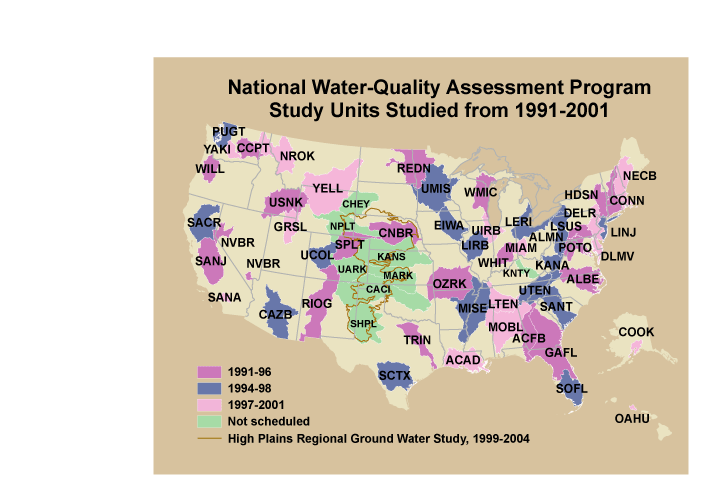These data were originally released on the Water Mission Area National Spatial Data Infrastructure Node and were migrated to sciencebase.gov in 2023.
These data were released prior to the October 1, 2016 effective date for the USGS's policy dictating the review, approval, and release of scientific data as referenced in USGS Survey Manual Chapter 502.8 Fundamental Science Practices: Review and Approval of Scientific Data for Release.
